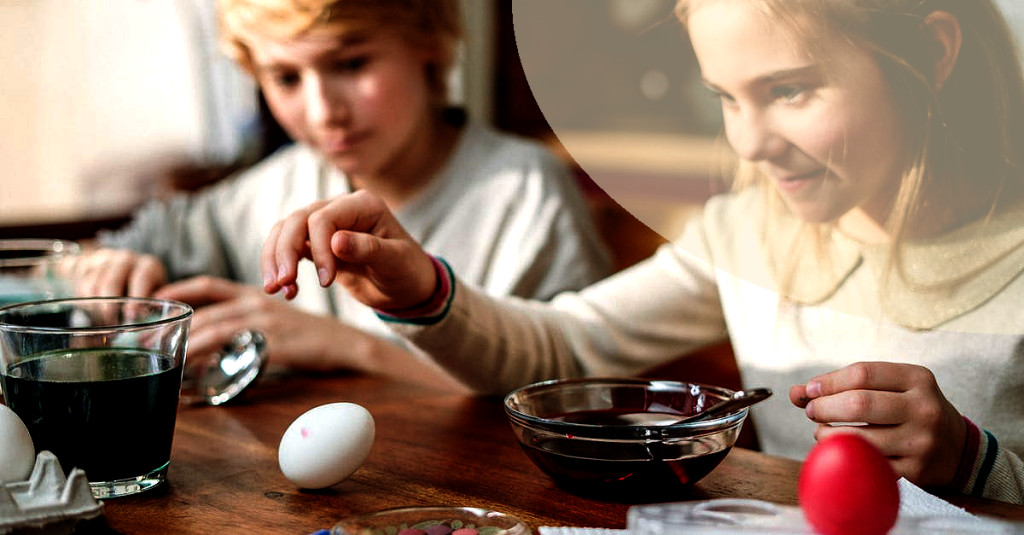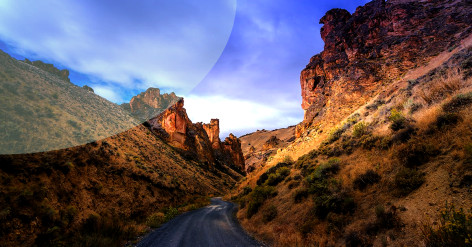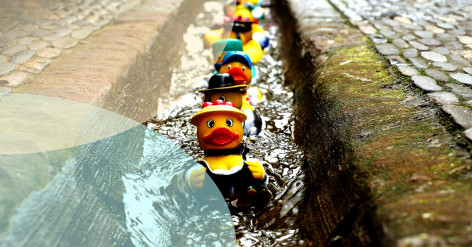DIY Guide: Creating a Water Conservation Garden

Step 1: Choose Native Plants

Water conservation is becoming increasingly important, particularly in areas where droughts are more frequent. One way to reduce water usage in your garden is by creating a water conservation garden. Here's your DIY guide.
Step 2: Plan Your Garden
Choosing native plants can help you save water, as they are adapted to the local climate and require less watering. Consider plants like butterfly weed, black-eyed Susan, sage, and yarrow.
Step 3: Improve Soil Quality

Related articles
Before you start planting, it's important to plan your garden. Consider the layout and the location of the plants. Grouping plants with similar water requirements will make watering easier and more efficient.
Step 4: Install Mulch
Improving soil quality can help retain moisture, reducing the need for watering. Consider adding organic matter such as compost or well-rotted manure to your soil.
Step 5: Set Up Drip Irrigation
Mulch can help retain moisture and suppress weeds. Consider using organic mulch such as wood chips, straw, or leaves.
Step 6: Maintain Your Garden
Drip irrigation is a great way to water your plants efficiently. It delivers water slowly and directly to the roots, reducing evaporation and runoff. You can set up a drip irrigation system yourself or hire a professional.
Regular maintenance is important for a healthy water conservation garden. Remove weeds, check for pests, and water only when necessary.
Creating a water conservation garden is a great way to save water and reduce your carbon footprint. For more information on water conservation, check out the Environmental Protection Agency.





